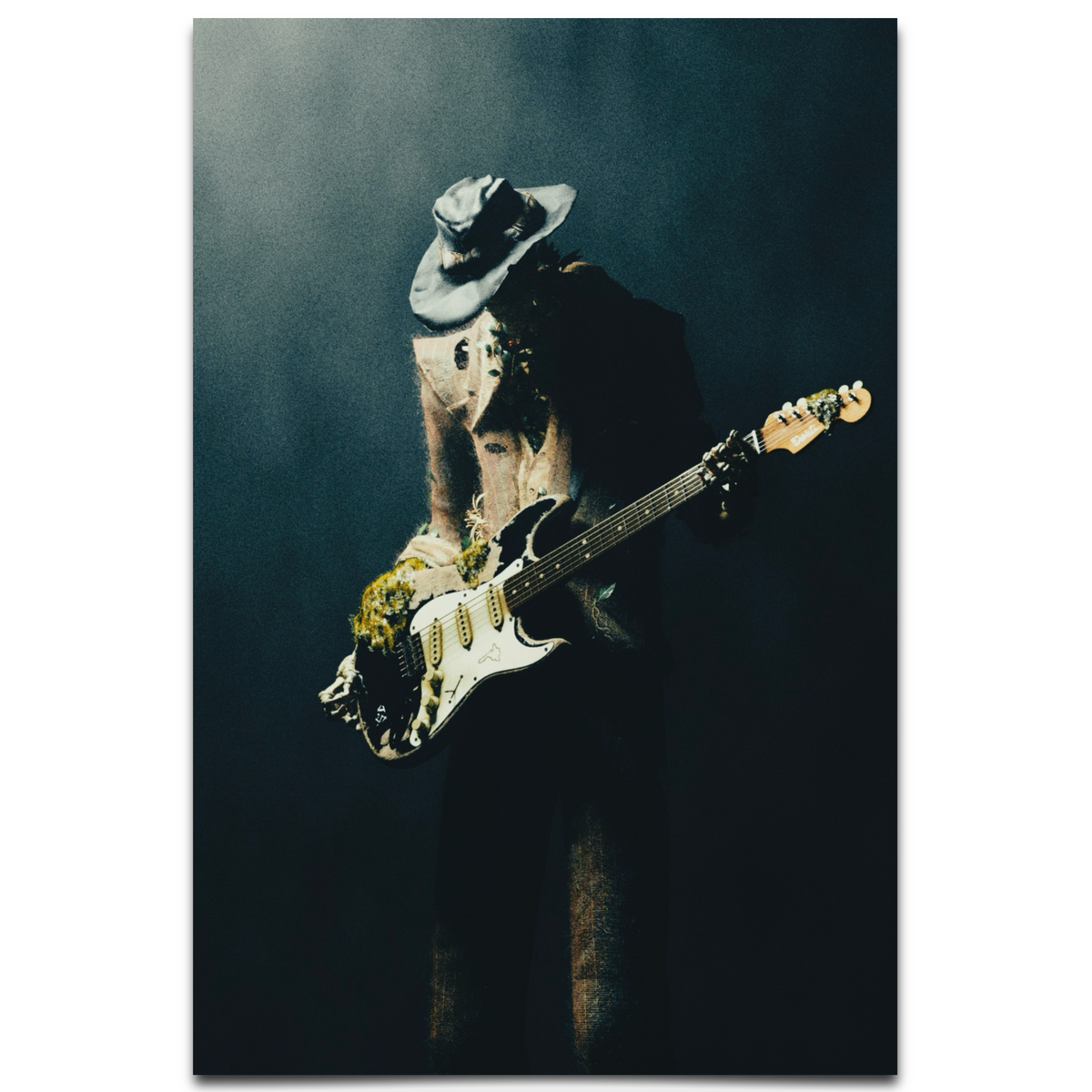A Band for the Screen and the Soul
In the vibrant, transformative landscape of the 1960s, a unique phenomenon emerged that blurred the lines between television fantasy and musical authenticity. The Monkees, a quartet of young men assembled for a television show, transcended their manufactured origins to become one of the era's most beloved and influential pop acts. Conceived as an American answer to The Beatles, their story began not in a garage or a club, but in a Hollywood casting call, where charisma and charm were as critical as musical talent. Debuting in 1966, their eponymous TV series captured the youthful exuberance of the decade, blending slapstick comedy with catchy, radio-ready tunes. Yet, beneath the polished image lay a complex journey of artistic rebellion, personal growth, and unexpected cultural resonance. Their music, often dismissed as mere commercial fare, carried the spirit of a generation hungry for joy and connection amidst social upheaval. How did a band created for entertainment evolve into a genuine force in music history, and what can their story teach us about authenticity in art?
The Monkees—Davy Jones, Micky Dolenz, Peter Tork, and Michael Nesmith—were not a band forged through shared struggle or organic camaraderie, but rather a product of calculated design. Producers Bob Rafelson and Bert Schneider sought to capitalize on the Beatlemania craze, envisioning a fictional band whose adventures would captivate a television audience. Over 500 hopefuls auditioned, and the final four were chosen for their distinct personalities: Jones, the charming British heartthrob; Dolenz, the comedic drummer; Tork, the earnest folk musician; and Nesmith, the introspective Texan with a knack for songwriting. Their show, which aired from 1966 to 1968, was an instant hit, winning two Emmy Awards and spawning a series of chart-topping singles like "Last Train to Clarksville" and "I'm a Believer." While initially reliant on session musicians and professional songwriters, the band fought for creative control, a struggle that would define their legacy. What remains less known is that their audition process was so unconventional that Micky Dolenz, who had no prior drumming experience, learned the instrument on set—yet his energetic style became a signature of their sound.
"We were a band that wasn't really a band, but we became one in spite of ourselves."
From Puppets to Pioneers
The Monkees’ early output, while commercially successful, was heavily orchestrated by music supervisor Don Kirshner, who paired them with top-tier songwriters like Neil Diamond and Carole King. Albums like their self-titled debut (1966) and More of the Monkees (1967) dominated the charts, outselling even The Beatles and The Rolling Stones combined in 1967. However, the band chafed under creative constraints, yearning to write and perform their own material—a desire that led to a public clash with Kirshner, resulting in his dismissal. Their third album, Headquarters (1967), marked a turning point, with the band playing their own instruments and contributing original songs, revealing a depth beyond their bubblegum image. Michael Nesmith, in particular, emerged as a visionary, penning tracks like "The Girl I Knew Somewhere" and pushing for a blend of country and rock that foreshadowed the genre’s later mainstream appeal. This transition from pawns to creators was not without cost; their popularity waned as they prioritized authenticity over mass appeal, yet it cemented their credibility as artists.
Cultural Catalysts of the Counterculture
Beyond their music, The Monkees became unwitting symbols of the 1960s counterculture, embodying a playful rebellion against conformity. Their television show, with its surreal humor and anti-establishment undertones, resonated with a youth audience navigating the Vietnam War, civil rights struggles, and generational divides. Episodes often featured subtle social commentary, while their 1968 film Head, co-written by Jack Nicholson, deconstructed their own manufactured image in a psychedelic, avant-garde critique of fame and war. Though a commercial flop, Head later gained a cult following for its bold experimentation, reflecting the era’s hunger for boundary-pushing art. Their music, too, mirrored the times—songs like "Pleasant Valley Sunday" critiqued suburban monotony, while their harmonies captured the optimism of a generation seeking escape. The Monkees, initially a corporate creation, became a mirror to the cultural shifts around them, proving that even constructed art could resonate with profound sincerity.
A Lasting Echo in Pop Culture
The Monkees’ influence extends far beyond their initial run, shaping the trajectory of pop music and media in ways that are still felt today. Their pioneering use of music videos on their TV show—short, narrative clips for songs—laid the groundwork for MTV and the visual storytelling that defines modern music promotion. Bands like The Archies and later boy bands owe a debt to their model of blending music with multimedia personas, while their fight for creative control inspired countless artists to assert ownership over their work. Contemporary acts, from Weezer to The Jonas Brothers, echo The Monkees’ blend of infectious pop and relatable charm. Moreover, their story challenges the notion of authenticity in art, proving that genuine emotion and talent can emerge even from commercial origins. As cultural artifacts, their songs and shows remain touchstones of 1960s idealism, reminding us of a time when music could unite and uplift amidst chaos.
- Debut: 1966 with the album The Monkees
- Genre: Pop rock with elements of folk and country
- Known For: Hits like "I'm a Believer," "Daydream Believer," and their innovative TV series
- Influences: The Beatles, The Byrds, and 1960s folk rock
- Influenced: Boy bands, power pop acts like Weezer, and multimedia music projects
Reflections on a Manufactured Magic
The Monkees’ journey is a testament to the unpredictable alchemy of art, where even a constructed band can forge a lasting emotional bond with its audience. From their beginnings as a television gimmick to their emergence as genuine musicians, they navigated a path fraught with skepticism yet emerged with a catalog of timeless songs and a story of resilience. Their music, infused with the spirit of the 1960s, continues to evoke nostalgia while offering insights into the era’s dreams and disillusionments. Their fight for creative freedom serves as a reminder that authenticity is not always inherent but can be earned through passion and perseverance. As we revisit their harmonies and on-screen antics, we see not just a band, but a cultural bridge between entertainment and artistry. Ultimately, The Monkees teach us that music, no matter its origin, holds the power to transcend its creators’ intentions and speak to the heart of a generation.
























